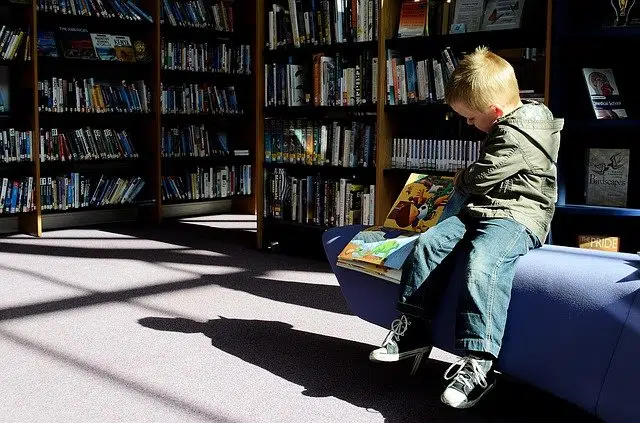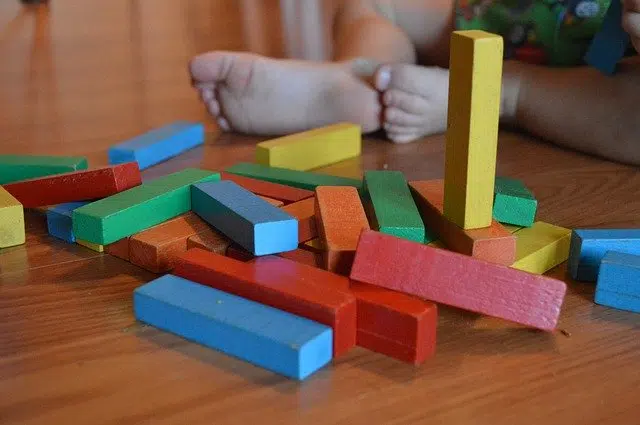
Books often function as teaching materials.
Materials are different elements that can be grouped into a set , gathered according to their use for a specific purpose. The elements of the set can be real (physical), virtual or abstract.
Didactic material is that which brings together means and resources that facilitate teaching and learning . They are usually used within the educational environment to facilitate the acquisition of concepts, skills, attitudes and skills.
Elements for learning
It is important to keep in mind that the teaching material must have the elements that enable certain specific learning . Therefore, a book is not always a teaching material. For example, reading a novel without carrying out any type of analysis or work on it does not mean that the book acts as teaching material, even though it can provide data on general culture and expand the reader 's literary culture.
On the other hand, if that same novel is analyzed with the help of a teacher and studied according to certain guidelines , it becomes didactic material that allows learning.
Characteristics of a teaching material
Specialists affirm that, to be didactic, a work must be communicative (it must be easy to understand for the public to which it is directed), have a structure (that is, be coherent in its parts and in its development) and be pragmatic. (to offer sufficient resources to allow the student to verify and exercise the knowledge acquired).
It should be noted that not only books can constitute teaching material: movies, records, computer programs and games , for example, can also be.

Toys and games can serve as teaching materials.
Classification according to function
It is possible to classify the teaching material using different criteria . One of them is the function it performs, and here we have the following options:
* orientation : during training, students need much more than a series of content. If these are dispersed and without an apparent connection, the process becomes very difficult. That is why teaching material is necessary that points in the most appropriate direction at each step;
* simulation : this occurs in certain fields more than in others, but it is important to place the student in different realities so that they understand the contents through abstraction and do not consider them distant things;
* learning guide : similar to the first point, although it is a series of tools that help the student acquire knowledge, rather than an arrow that points the way;
* exercise of skills : having a marked path, the abstraction to simulate theoretical situations and the guide to learn the concepts in the best possible way, it is important to put all this into practice through exercises designed by learning specialists. This means that these are not isolated or arbitrary proposals , but carefully woven to reinforce learning;
* motivation : the quality of the teaching material or the experience of the teachers does not matter if they do not manage to awaken in the student a genuine interest that encourages them to immerse themselves in the subject and explore all its corners, through a process that also allow yourself to learn about yourself;
* evaluation : this part of the teaching material is the least attractive for the student, since its result usually directly influences their status within the educational center and if it is negative it can stain their record. For this reason, teachers must strive to turn evaluation into a tool that helps them grow, instead of a danger;
* opinion : teaching should never proceed in only one direction. The teacher must present knowledge using his or her educational resources but also give the student the space to share his or her own points of view, something that benefits both parties.
